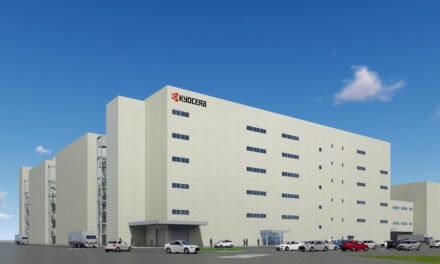 Automotive manufacturers need to make greater use of telemetric and big data streams at the earliest concept stages of vehicle design in order to address concerns surrounding fuel efficiency, said Barry James, CTO of Romax. Recently, carmakers have clashed with the EU over the impending arrival of tougher fuel efficiency tests. The World Light Vehicle Test Procedure, to be launched in 2017, aims to determine levels of pollutants and CO2 emissions, fuel or energy consumption, and electric range from light-duty vehicles.
Automotive manufacturers need to make greater use of telemetric and big data streams at the earliest concept stages of vehicle design in order to address concerns surrounding fuel efficiency, said Barry James, CTO of Romax. Recently, carmakers have clashed with the EU over the impending arrival of tougher fuel efficiency tests. The World Light Vehicle Test Procedure, to be launched in 2017, aims to determine levels of pollutants and CO2 emissions, fuel or energy consumption, and electric range from light-duty vehicles.
Its arrival is expected to see the end of the existing fuel economy test procedure, the New European Driving Cycle or NEDC test, which has come in for a number of criticisms notably the fact that this does not account for real-world driving conditions when assessing efficiency. In light of pressures from the EU to address fuel efficiency and ultimately concerns surrounding CO2 levels, carmakers need to make better use of the data streams available to them.
James stated, “It’s long been recognised that the NEDC cycle is not an accurate representation for testing emissions and fuel economy across the automotive industry but unfortunately, these are the only procedures currently in place and therefore the industry can only work to the standards which have been set. In light of NEDC, carmakers act accordingly to how they are measured and build their technology and processes around this. However, as the need to address green issues becomes more prominent, they are quite rightly concerned about the impact new efficiency tests will have on their manufacturing processes. In light of this it is imperative that automotive manufacturers are exploring all relevant avenues to improve fuel efficiency. One of the key problems surrounding this is difficultly in optimising a broad range of driving conditions.
“Traditional design tools used by manufacturers tend to focus on efficiency against a single drive cycle and do not account for the robustness of a vehicle’s performance against a basket of drive cycles or against external factors such as locational influence. Tests are carried out in a very regimented environment and rarely account for outside influences, and as a result the data achieved from this is rarely put to use. Largely this data has not been available but the increasing growth of telemetric and big data will mean vast quantities of information will become readily accessible to influence design.”
James concluded: “In order for carmakers to take those first steps in becoming compliant with impending new fuel efficiencies it is imperative the availability of new data streams are used. In doing so it would account for the largest availability of drive cycles very early on in the concept design stage. Embracing this would dramatically smooth the transition from one drive cycle to another, with significant cost reductions being seen through greater fuel efficiencies.”


